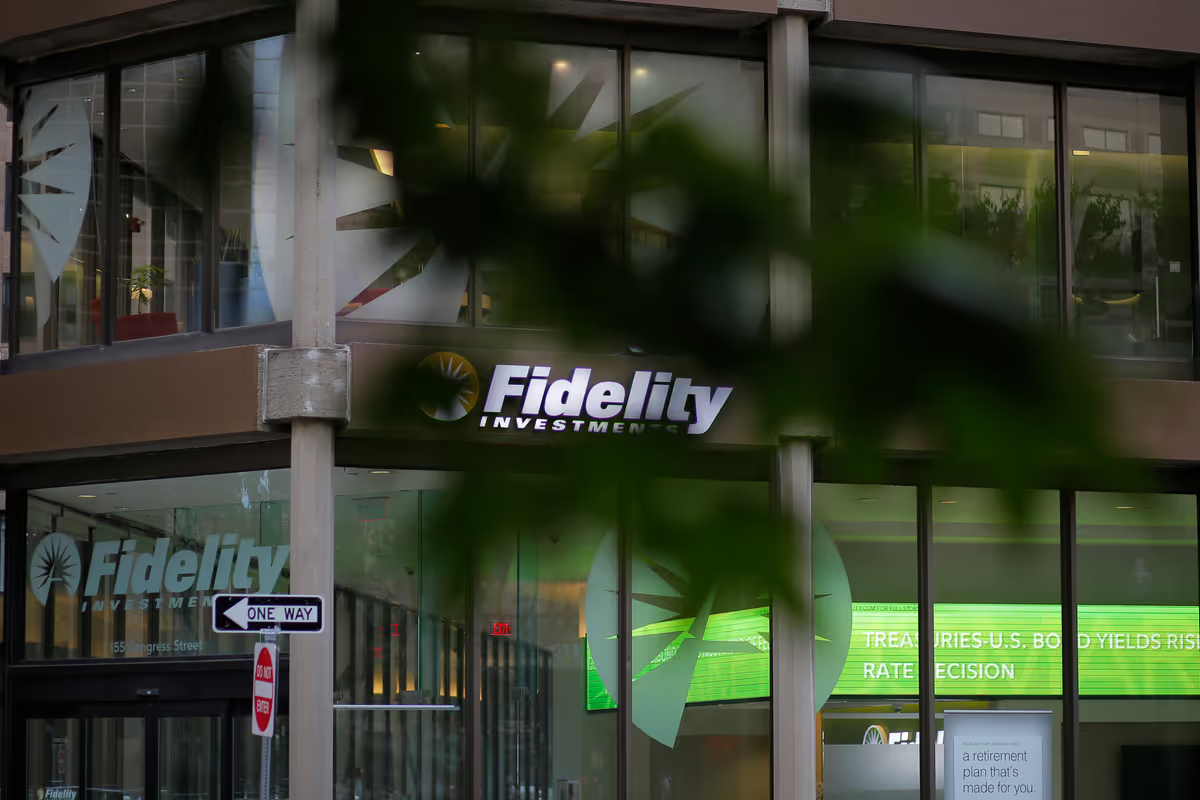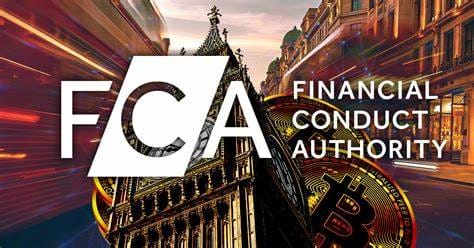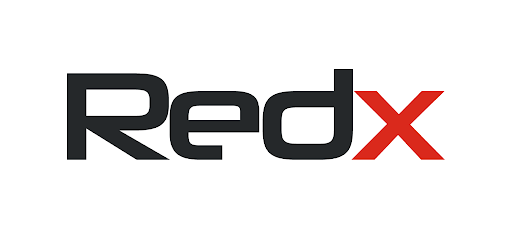Fidelity Investments Explores Launch of Dollar-Pegged Stablecoin

Fidelity Investments, one of the largest asset management firms in the world, is testing the possibility of launching its own dollar-pegged stablecoin. This move reflects the growing interest among traditional financial institutions in entering the cryptocurrency market and offering blockchain-based financial products.
- Fidelity's stablecoin would be pegged to the value of the US dollar, ensuring price stability and enabling seamless transactions between cryptocurrencies and fiat currency.
- The company’s digital assets division is currently in the early testing phase, evaluating the potential for using the stablecoin for internal settlements and client transactions.
- Fidelity has not yet confirmed a public release date for the stablecoin but indicated that it is assessing market demand and regulatory requirements.
Market Context:
- Fidelity’s exploration of a stablecoin follows a broader trend among financial giants, including BlackRock, which recently launched the BUIDL token, a tokenized money market fund.
- The total market cap of stablecoins exceeds $130 billion, with Tether (USDT) and USD Coin (USDC) being the dominant players. Fidelity’s entry could increase competition and drive further adoption in the sector.
- Stablecoins are also under increased regulatory scrutiny, with global policymakers focusing on ensuring transparency and preventing misuse for illicit activities.
Future Implications:
- If Fidelity’s stablecoin is launched, it could position the company as a key player in both traditional and decentralized finance (DeFi) markets.
- A Fidelity-backed stablecoin could attract institutional and retail investors, enhancing liquidity and encouraging broader adoption of cryptocurrency products.
- Fidelity’s move underscores the growing convergence of traditional finance and blockchain technology, setting the stage for increased competition and innovation in the stablecoin market.
This development highlights the increasing acceptance of blockchain-based assets among mainstream financial institutions, signaling a potential shift toward broader crypto adoption in the global financial system.




